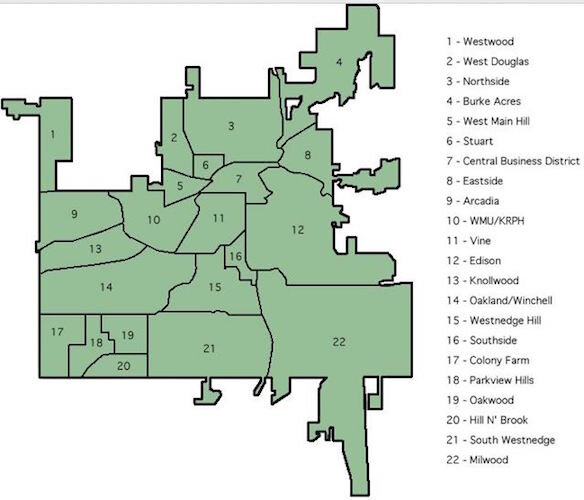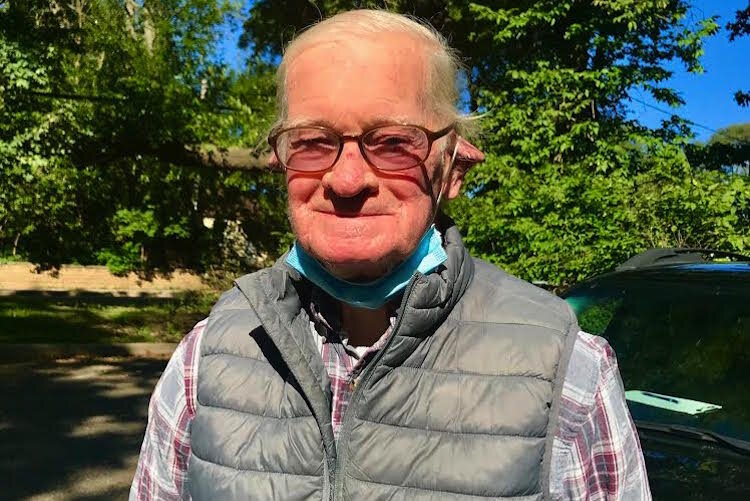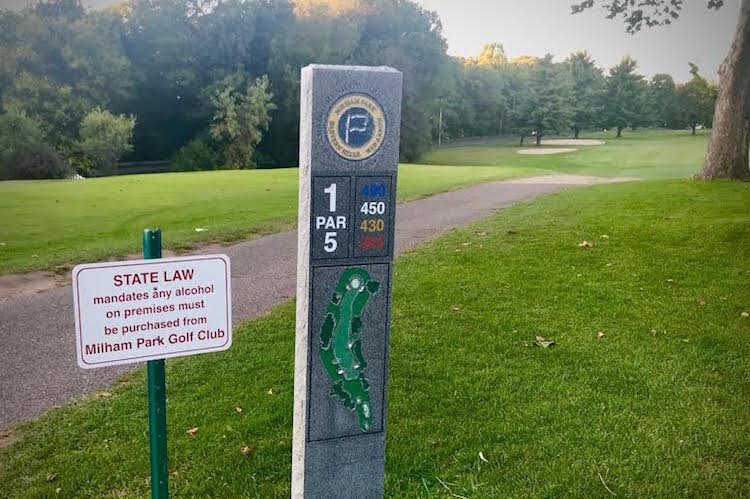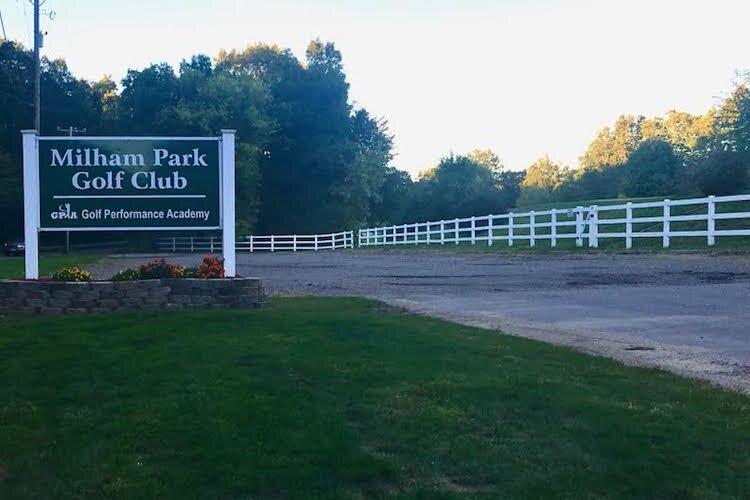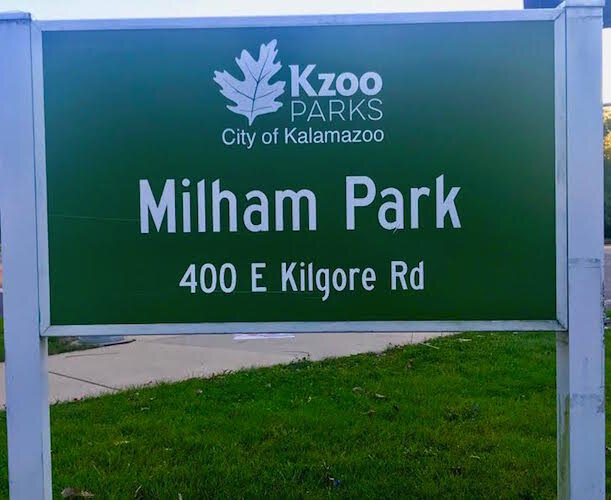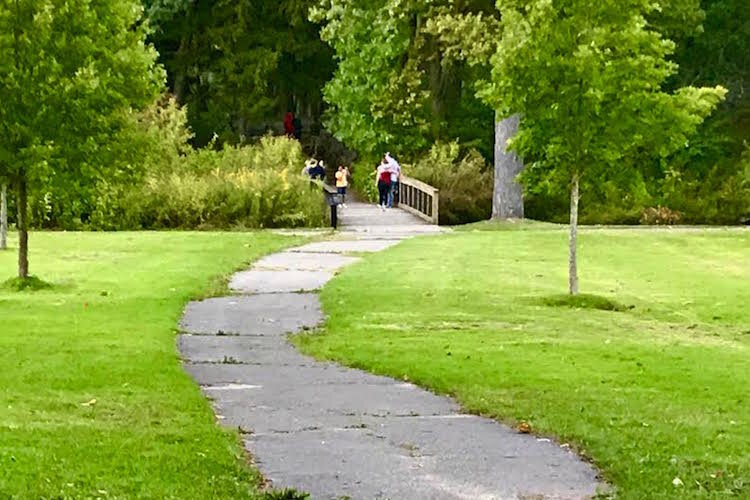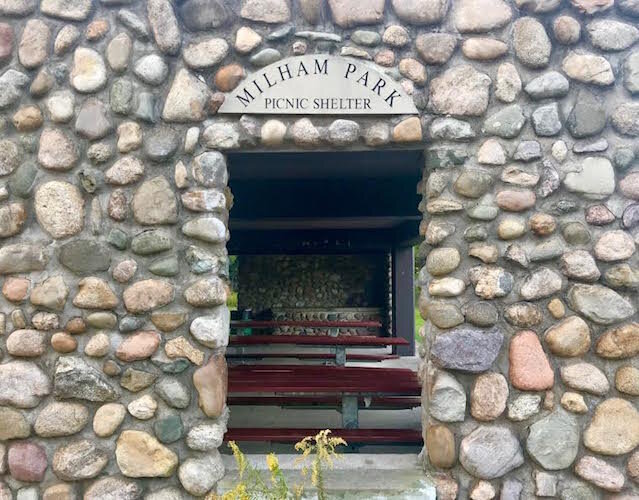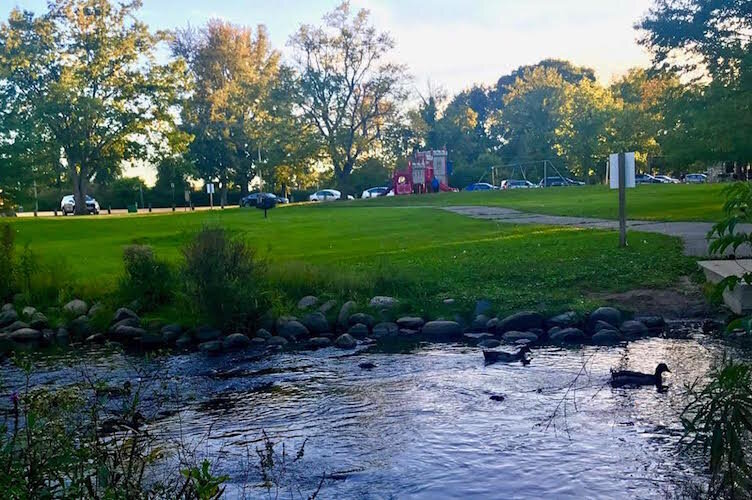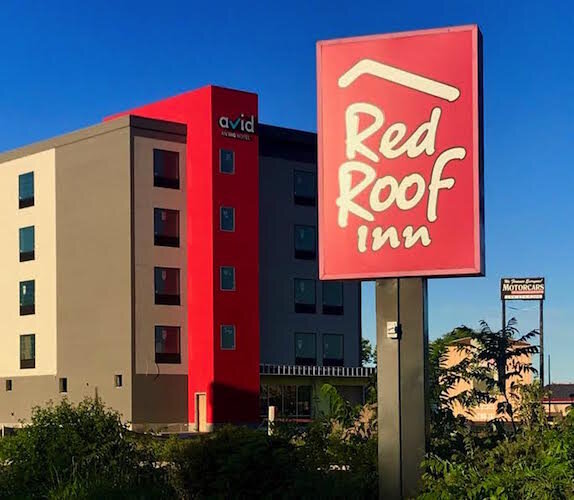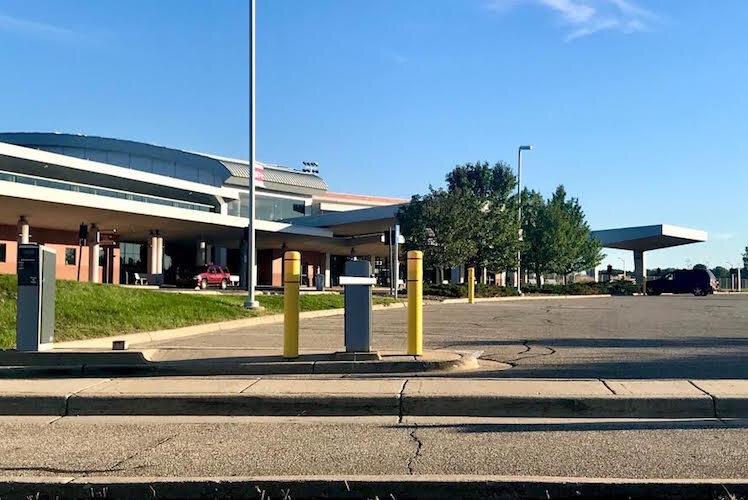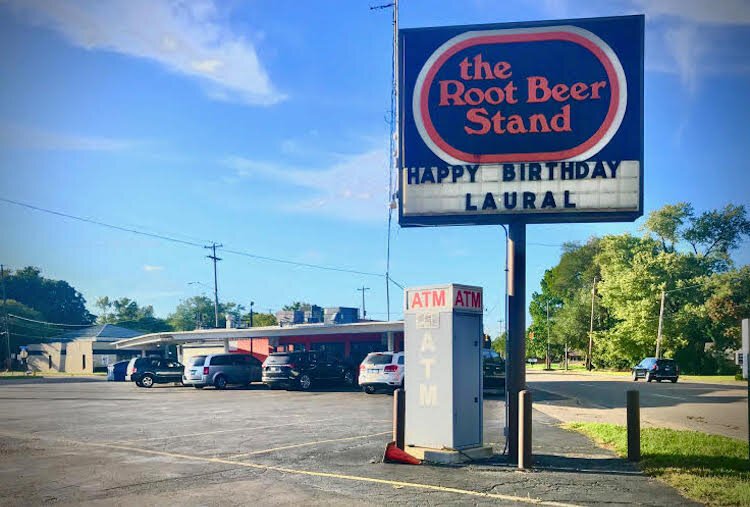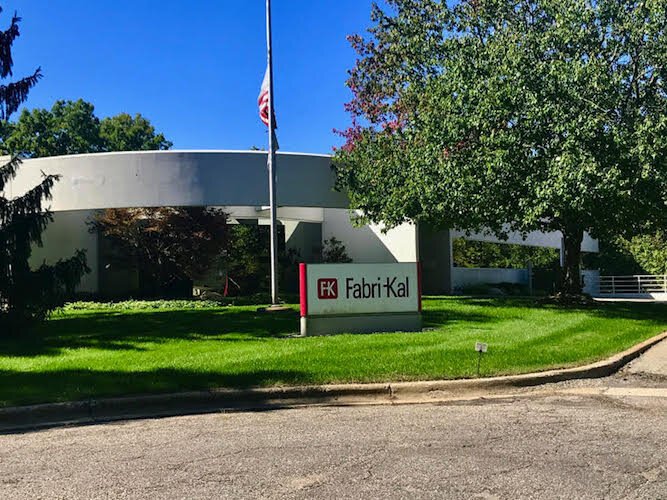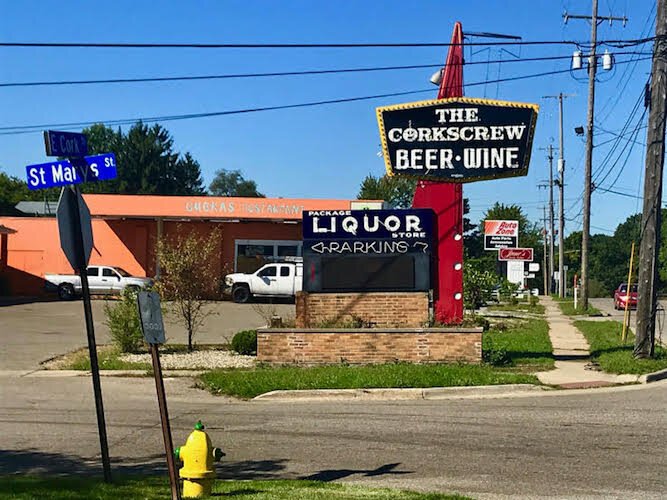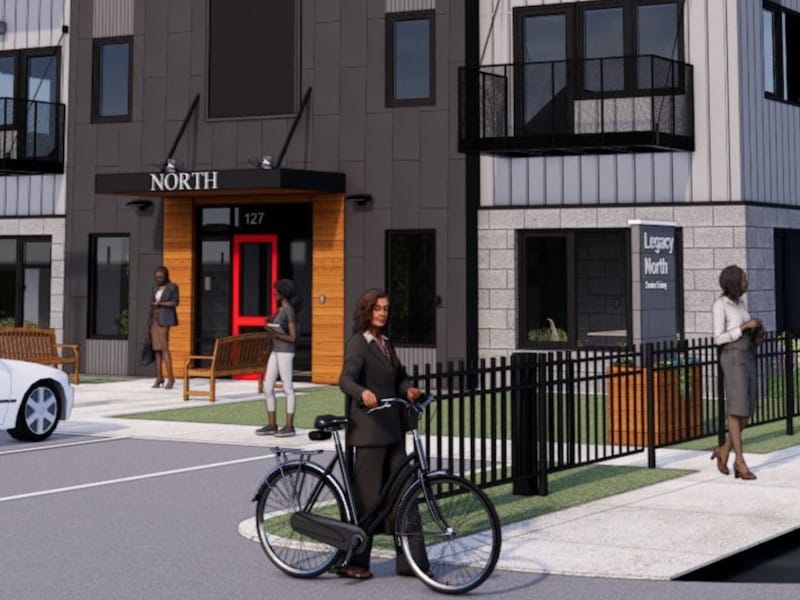Kalamazoo’s Milwood Neighborhood: Everything you could want without leaving the neighborhood
With residential, commercial, and industrial properties Milwood could be a town unto itself.
Editor’s note: This is the first story in Southwest Michigan Second Wave’s “On the Ground Milwood” series.
If every neighborhood in Kalamazoo was enclosed in a bubble and had to manage on its own, Milwood would probably do just fine.
“If you took it off by itself, it’s a self-contained community,” says John Hilliard, president of the Milwood Neighborhood Watch Association.
“It’s home to the airport,” Hilliard says of the neighborhood, which is located at the southeast corner of the City of Kalamazoo. “It has the largest concentration of hotels and motels in Southwest Michigan. It’s home to the Kalamazoo Wings (at Wings Event Center). It’s home to two very large and important companies, Fabri-Kal Corp. (a commercial packaging manufacturer) and Schupan & Sons (a plastic and metal recycling company).”
With about 8,000 residents, Milwood is considered Kalamazoo’s second-largest neighborhood in terms of population. And, at 4.8 square miles in area, it is considered the city’s largest neighborhood in terms of geographic area. (The Edison Neighborhood, just north of Milwood, is considered the most populous area, with more than 9,400 residents.)

“We also have a division of Zoetis (the maker of vaccines and medicines for pets and livestock),” Hilliard notes. “We have one of the top public golf courses in the country, Milham Park Golf Club. We have one of the larger senior living and rehab complexes in Southwest Michigan in Heritage Community. … We have two elementary schools, a middle school, and a high school (Loy Norrix).”
“It’s a small town,” Hilliard says.
A sense of security
That “small town” is known for being a quiet place with a mixture of housing that is attractive for young families looking for starter homes as well as more established people who want destination homes that are not too far from anything in the Greater Kalamazoo area.
“It was a wonderful place to grow up,” says Owen Laughlin, a retired special education teacher who was age nine when his family relocated from Pittsburgh to Kingston Avenue in Milwood in 1966.
“We couldn’t have moved into a better neighborhood,” says Laughlin, now 63 and a resident of Kalamazoo’s Southside Neighborhood. “There were wonderful neighbors. Everybody knew everybody on the street. Everybody watched out for everybody else. It was just a really caring community.”
Hilliard, whose Neighborhood Watch Association is THE organization promoting the betterment of the neighborhood, says, “I think — for quality of life – it’s always been a good neighborhood. The houses and so forth have been kept up and Milwood continues to be, for younger folks, a go-to place to raise a family.

“A plus is, it’s also a pretty safe neighborhood to raise a family.”
Dorrie Griffith agrees.
“I just feel it’s a safe area and I have great neighbors,” says Griffith, who moved into the neighborhood three years ago. With no children still at home, she relocated from Allegan in order to have a shorter commute to work at a Kalamazoo car dealership.
“It’s now a short commute for me and I’m not right amidst all of the traffic in Kalamazoo,” she says. “I’m on the outskirts but I’m close to everything.”
She says the neighborhood is also quiet and friendly and her house on Foley Street is affordable.
People like stability
Jim Hess, a Realtor with Chuck Jaqua Realtors, says, “Historically, it’s always been one of the most stable Kalamazoo neighborhoods. It’s a strong neighborhood for first-time buyers. The homes were well built to start with. There’s a neighborhood school, which is beneficial — an elementary school the kids can walk to. And there’s a nice variety of architecture.”
Although few, if any, homes have been built in the area since the 1960s, he says most were well built and have been well maintained in a mix of sizes that make some good as starter homes and others good as “forever” homes.
Of 104 houses sold in Milwood by the Jaqua firm over the last year, the average selling price was $152,840. The high sale was a 1,756-square-foot house with four bedrooms and two bathrooms that sold in early November for $237,100. The low was an 864-square-foot house with two-bedrooms and one bathroom that sold in late November for $115,000.
Fertile farmland for development
Milwood evolved from a combination of farmland originally owned by John Milham, E.H. Woodhams, and others. And it owes its name to the mashup of Milham and Woodhams.
“In a lot of areas in Kalamazoo, it starts with farming,” says local historian Lynn Smith Houghton of the origins of the city’s neighborhoods.
Houghton says Milham came to the area in the early 1840s and owned approximately 450 acres that spanned from Lakeway Avenue in the north to Kilgore Road in the south and from Lovers Lane on the west to Portage Street on the east. It was connected to Kalamazoo and beyond by a series of plank roads (streets crafted with wooden boards to make traveling easier for farmers and others trying to transport goods).
Milham Park is land that Milham’s son, also named John, sold to the city of Kalamazoo for $10,000 in 1910. The land that is now part of the Milham Park Golf Course was sold to the city by another member of the Milham family in 1923.

Houghton, who is regional history collections curator at the Western Michigan University Zhang Legacy Collection Center, says she has no record of when the name of the area was changed to Milwood, but it had that name and was a part of Kalamazoo Township before it was annexed to the city of Kalamazoo in 1953. By that time, it also had its own kindergarten-through-8th grade school system (with more than 1,300 children), a fire department (1930), and a water department (1939).
It grew exponentially in the early 1900s as the paper industry prospered and more farmland was redeveloped to satisfy a growing demand for housing. From 1900 to 1910, the population of the city of Kalamazoo grew by 60 percent, according to Houghton.
Greater Lakeway Park, a 167-acre residential plat developed from the Percy Davis farm, included 479 homesites and promised homebuilders fertile land, low taxes, good streets, electrical service, street lights, good schools, and phone service.
“The growth of Milwood after World War II was aided by the move of The Upjohn Co. manufacturing (which is now a part of Pfizer Inc.) to Portage Road in Portage Township,” Houghton says.

The Cork Lane Shopping Center, which is considered Kalamazoo’s first suburban shopping mall, got its start in 1953 to serve the many people moving into that area, Houghton says.
In a small way, the rush to homestead is still on. “For sale” listings of houses priced under $200,000 are not staying on the market for very long, Hess says. Among all the Milwood Neighborhood homes sold by Jaqua during the past year, the average number of days on the market was just under 11.
A lot going on
While northern sections of the neighborhood are now primarily single-family residential areas, southern and eastern sections are home to a wide range of commercial and industrial businesses. They include everything from the Kalamazoo office of Consumers Energy and the waste transfer station of Best Way Disposal, to the world headquarters of medical products and technologies maker Stryker Corp.
The entire area includes a wealth of restaurants and eateries, such as Uncle Ernie’s Pancake House, Michelle’s, One Well Brewing, The Crew Family Restaurant and Bakery, Quekas Mexican Restaurant, Summer Thyme Café, Brewsters Food & Spirits, and The Root Beer Stand, which has been in the area for about 85 years.
Among the many hotels and motels near Interstate-94 and clustered near the Kalamazoo/Battle Creek International Airport and Wings Event Center, are the Clarion Inn, Baymont by Wyndham, Red Roof Inn, Days Inn & Suites, Country Inn & Suites by Radisson, Residence Inn by Marriott, and the soon-to-open Avid, an IHG Hotel. And among the green spaces, Milwood has Blanche Hull Park and Milham Park.
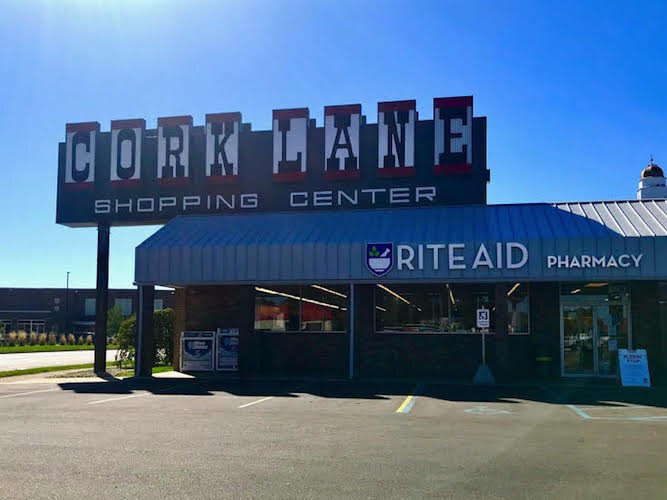
About four months ago, the neighborhood became home to El Ranchero, the largest Hispanic grocery store in town. And while it is already a home for The Refinery, a seller of medicinal and recreational marijuana at 3650 Alvan Road, five other marijuana businesses are soon to open, which should give Milwood the largest concentration of that kind of operation in Kalamazoo County, Hilliard says.
Onward and upward
After being outbid on a few occasions, David Diehl says he and his wife got a deal on a house for them and their two young daughters and were able to relocate to Milwood from Richland about a year ago.
Motioning to the right and left while standing in front of his Miller Road home, Diehl says, “The neighbor over here is fine. The neighbor over there is fine. Everybody’s nice.” But he says, “People kind of keep to themselves for the most part.”
Hilliard says he would like to see that change a bit — back to the days when everyone seemed to know their neighbors a little better.
“That’s the way it was when I grew up,” says Hilliard, who celebrated his 79th birthday this week. “However today, anyplace you go, very seldom do people even know who some of their immediate neighbors are. People don’t communicate with each other the way they used to.”
The Milwood Neighborhood Watch Association strives to make things better. Hilliard patrols the large neighborhood in his car two to three times a week, looking for places where unscheduled trash has collected, the grass is way overgrown, or vandalism has happened. He also looks for places where city ordinances are being violated and where vagrants may be gathering. And he and other officers of the association are a clearinghouse for anyone who has a problem that they think needs attention.
“A lot of people don’t want to talk to their neighbor because they’re afraid they’ll get agitated,” he says. “So we end up, now and then, hearing about it.”
He relays almost everything that seems like a real complaint to the Kalamazoo Department of Public Safety.
Monthly meetings of the Neighborhood Watch Association, before COVID-19 self-quarantining, regularly attracted 50 to 75 area residents, he says. He looks forward to a time when they can restart those meetings and reschedule such things as summertime concerts in Milham Park and National Night Out, the annual community-building event that attracted about 450 area residents last year.
At monthly meetings, he says, “Generally we’ll have a topic about something that is current and that residents should know about. And then we’ll have the community policing officer give an update on crime and what he or she has been doing. And then talk about safety issues.”
Hilliard says the neighborhood has changed over the last 18 years to include a more diverse ethnic mix. And he thinks that has been a good thing. Approximately 72.5 percent of its residents at White, 16.6 percent are Black, 5.4 percent are Hispanic, 5 percent are of mixed ethnicity, and less than 1 percent are Asian. The median household income for the area, according to statisticalatlas.com, is $47,100.
“I’ve watched some of the change take place and as far as I’m concerned it’s for the good,” Hilliard says. “A lot of the folks are a cross between retirees who have lived here a long time, young professionals moving in to raise a family, and then we have minorities — some blue-collar, some professional. Everybody takes care of themselves. I’ve never seen any problem with anybody. And in many cases, they’ve made improvements to make the neighborhood where they are making the living better than it was before.”
Where the lines are drawn
Milwood’s primary border on the north is now Miller Road. But in the northwest, that border pushes farther north between Burdick and Portage streets, to include a section of Alcott Street. The neighborhood is bordered on the east by Sprinkle Road and stretches to the south in a gradually narrowing shape (almost in the shape of a holstered six-shooter) as far south as Romence Road. That section includes the Kalamazoo/Battle Creek International Airport. Without the airport and one other interesting geometric boundary, it appears as if N Avenue would be its southern border. In the west, the neighborhood borderline travels along Mastenbrook Drive before making a jigsaw puzzle-like turns and coming north along parts of Portage Street, Lovers Lane, and Burdick streets. The odd configuration encompasses Loy Norrix High School and Milham Park.
